On their return to the top division, West Ham finished in ninth place, The highlight of the 2005-06 season, however, was reaching the FA Cup final and taking favourites Liverpool to the penalty shootout following the match ended in a 3-3 draw. West Ham lost the shootout however, they were able to gain access to the next year's UEFA Cup as Liverpool had already been selected for Champions League. In August of 2006, West Ham completed a significant coup on the final day of the window for transfers after signing Carlos Tevez and Javier Mascherano. The club was later bought from the Icelandic group that was led by Eggert Magnusson in November of 2006. Manager Alan Pardew was sacked after poor form during the season and was replaced by former Charlton Athletic manager Alan Curbishley.
It was reported that the signings by Mascherano along with Tevez were scrutinized through the Premier League and the Premier League, who were worried that the details of the transactions were not included in official documents. West Ham was found to be guilty and punished PS5.5 million back in April. However, West Ham avoided a points deduction, which was essential in their fight against being relegated at the conclusion in the 2007-06 season. Following on from this event, Wigan Athletic chairman Dave Whelan, supported by other sides facing possible relegation, including Fulham and Sheffield United, threatened legal action.West Ham escaped relegation by winning seven of their last nine games, including a 1-0 win over Arsenal, and on the last day of the season defeated newly crowned League Champions Manchester United 1-0, thanks to a goal scored by Tevez in 15th place.
For the the 2007-08 campaign, West Ham remained relatively regularly in the top quartile in the table of league standings having Freddie Ljungberg in the squad, despite several injuries. New signing Craig Bellamy missed much of the campaign and Kieron Dyer was absent from August 2007. The last game of the season, at the Boleyn Ground, saw West Ham draw 2-2 against Aston Villa, ensuring a tenth-place finish three points ahead of rivals Tottenham Hotspur. This was an improvement of five places from the previous season and, most importantly, West Ham were never under any real threat of being relegated.
After a row with the board over the sale of defenders Anton Ferdinand and George McCartney to Sunderland manager Alan Curbishley left the club on the 3rd of September, 2008. His successor was the former Chelsea striker Gianfranco Zola who was appointed manager on the 11th of September, 2008 to be the club's first non-British manager. The year 2008/09, West Ham finished ninth, which was a single position improvement.
In the 2009-10 season, West Ham started strongly with a 2-0 win over newly promoted Wolverhampton Wanderers, with goals scored by Mark Noble and newly appointed captain Matthew Upson. A League Cup match against old rivals Millwall was the cause of violent riots at the stadium and crowd disturbances and pitch invasions within Upton Park. On August 9, 2009 the financial woes of Icelandic owners' parent companies caused the current owners without the ability to pay for any money until an owner identified. The shirt sponsor of the club SBOBET offered the club assistance in purchasing a wanted striker named that of Italian Alessandro Diamanti.
West Ham had a poor season that was accompanied by a long fight against demotion. They were able to save their existence in the final two games when they defeated Wigan 3-1. The club was able to collect 35 points out of 38 games, seven points less than what they earned been stripped of seven years ago. On May 11, 2010, just two days after the conclusion of the 2009-10 campaign, West Ham announced the termination of Zola's contract, with immediate beginning. On June 3, 2010 Avram Grant agreed to sign the four-year contract to become the next manager at West Ham subject to a work permission. West Ham's performance continued to be subpar, and the team was rarely beyond the relegation zone making Grant's future as manager at risk. A 4-1 Football League Cup quarter-final victory against Manchester United was an otherwise positive highlight of a miserable season. West Ham's performance during its performance during the Premier League did not affect their performances in the domestic cup competitions. The Hammers reached the semi-final of the League Cup before being eliminated by eventual winners Birmingham City as well as the quarter final of the FA cup before a 2-1 defeat at Stoke City.
On the 15th of May, 2011, West Ham's drop in the Championship was confirmed following a comeback victory by Wigan on Wigan's DW Stadium. The game was a stalemate as West Ham leading 0-2 at half-time, thanks to 2 Demba Ba goals, Wigan battled back to take the win 3-2 with an added-time strike by Charles N'Zogbia. After the defeat, West Ham announced the dismissal of their manager Avram Grant, who was only one season into his time. On June 1, 2011, the manager Sam Allardyce was appointed manager to replace Grant.
The team finished third at the 2011-12 Football League Championship with the score of 86 points. They also took part in play-offs. They beat Cardiff City played in the play off semi final 5-1 on aggregate to make Final against Blackpool in the final at Wembley on May 19th, 2012. Carlton Cole opened scoring. Despite Blackpool were equalized at the beginning of the second period, Ricardo Vaz Te scored the winning goal in the 87th minute for West Ham in the 87th minute.
West Ham, on their return to the Premier League, signed former players James Colllins and George McCartney on permanent contracts in addition to record signings Matt Jarvis and Andy Carroll on loan. They won their first game of the season, on 18 August 2012, 1-0 against Aston Villa because of Aston Villa after a Kevin Nolan goal. The highlight of the first half of the season was a 3-1 home win against reigning European champions Chelsea on the 1st of December 2012, which put them in the eighth spot in the table and 13th when they reached the close of the season. On March 22, the 22nd of March, 2013, West Ham secured a 99-year lease for the Olympic Stadium, and it was planned to use it as their home stadium starting for to the season 2016-17. The team finished in tenth place at the close of the season, with nine home victories and just 3 away. There were only 11 goals away recorded, which was the lowest score of the entire league.
The 2013-14 season saw West Ham finished 13th in the Premier League. They also reached the semi-finals of the League Cup before losing 9-0 on aggregate to eventual cup-winners Manchester City. The most notable aspect of the season were criticisms directed at coach Sam Allardyce by supporters relating to his perceived bad playing strategies. West Ham finished 12th in the 2014-15 Premier League, one position higher than last season. After the final match of the year on the 24th of May, 2015 the club announced that Allardyce's contract wouldn't be renewed and they were looking for the services of a new manager. After securing the Premier League Fair Play table for 2014-2015, West Ham qualified for the 2015-16 UEFA Europa League, beginning in the initial qualifying round.
On June 9, 2015 the an ex West Ham player Slaven Bilic was appointed manager for three years on a contract. In Bilic's final game as manager the team won at Anfield at Anfield for the first time since 1952, defeating Liverpool 3-1, with goals of Manuel Lanzini, Mark Noble and Diafra Sakho. In the final stages of the season West Ham finished 7th in the Premier League. The club broke numerous records set by the club during the Premier League era, including the most points (62) and the highest number of goals scored during the course of a season (65) as well as the smallest number of games that were lost during an entire period (8) as well as the least amount of home loss (5). It was also the final season in which players played in Boleyn Ground. Boleyn Ground, and they will be shifting to London Stadium from next season and ending their 112-year tenure in the venue.
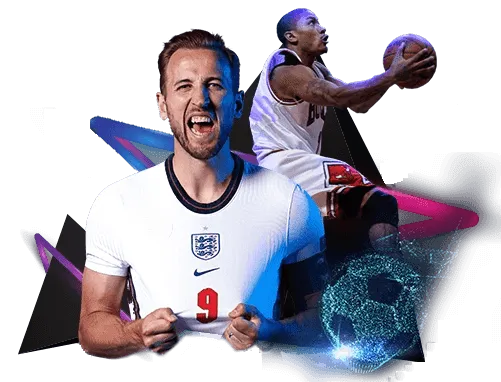
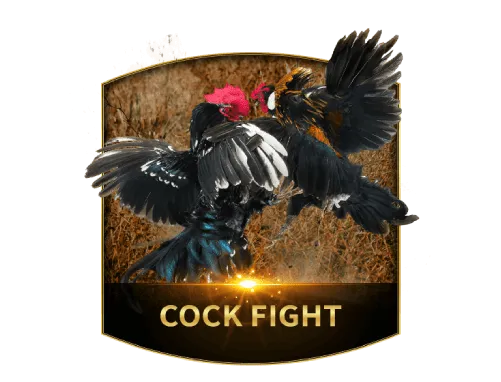

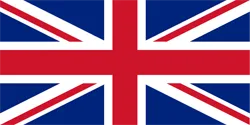 ENG
ENG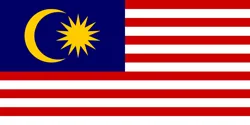 MYS
MYS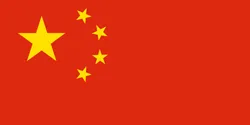 简体中文
简体中文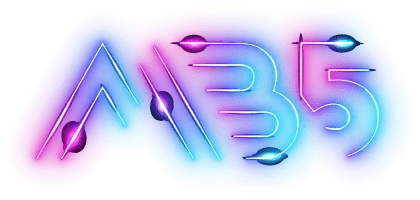
















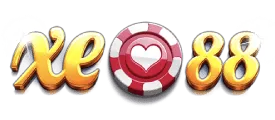

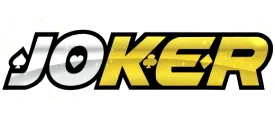

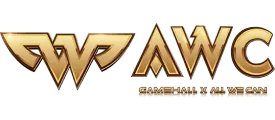
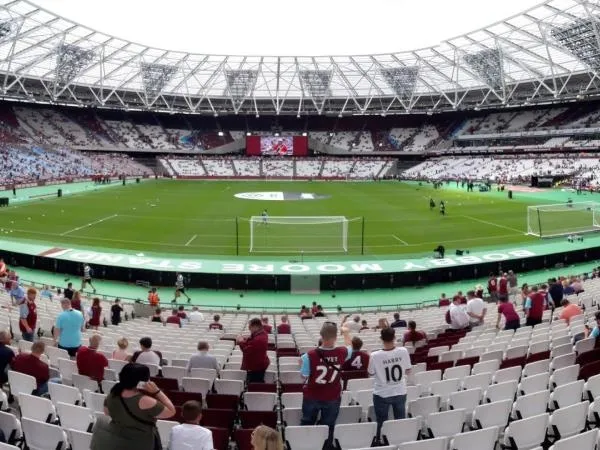
 Paolo Di Canio
Paolo Di Canio
